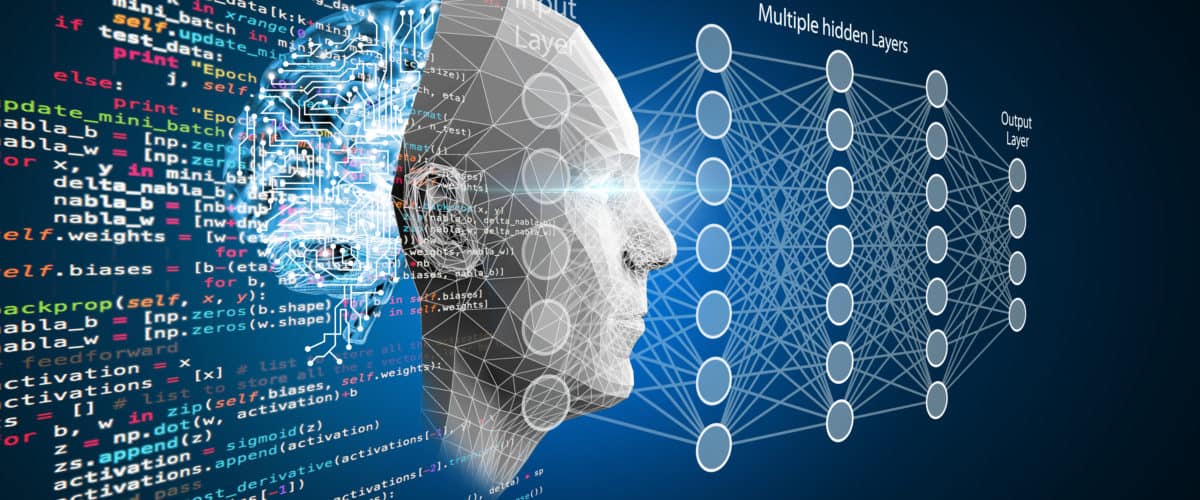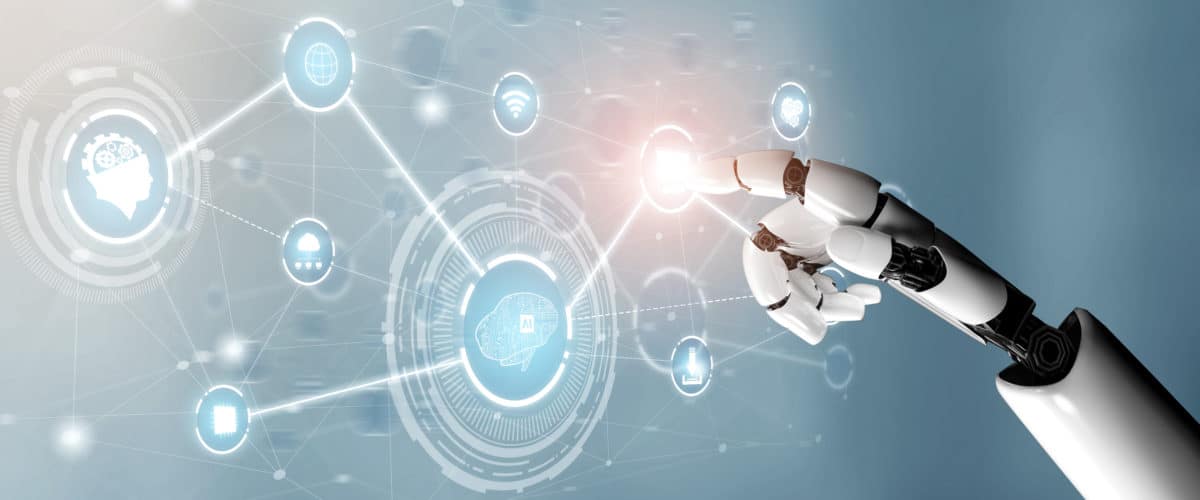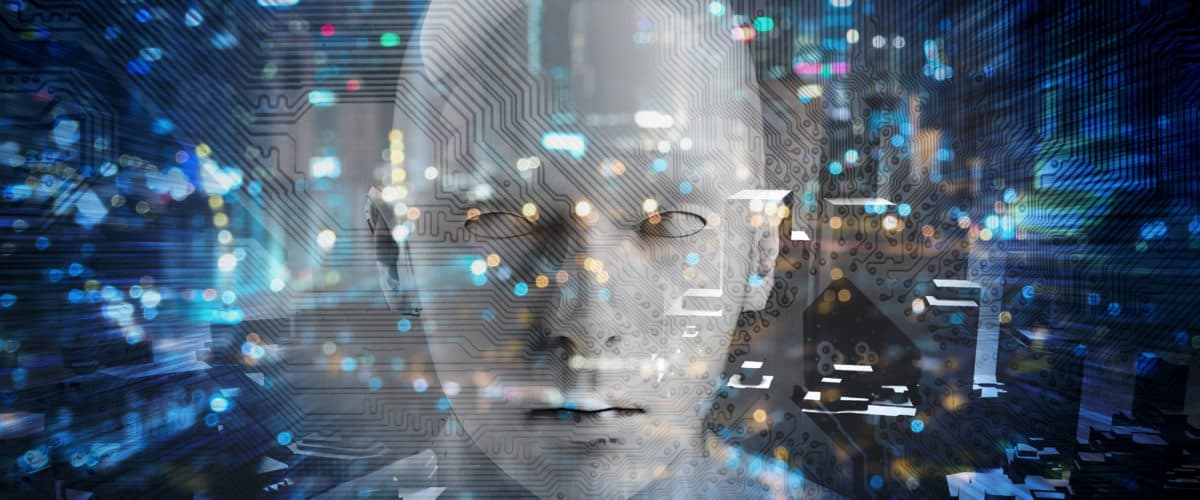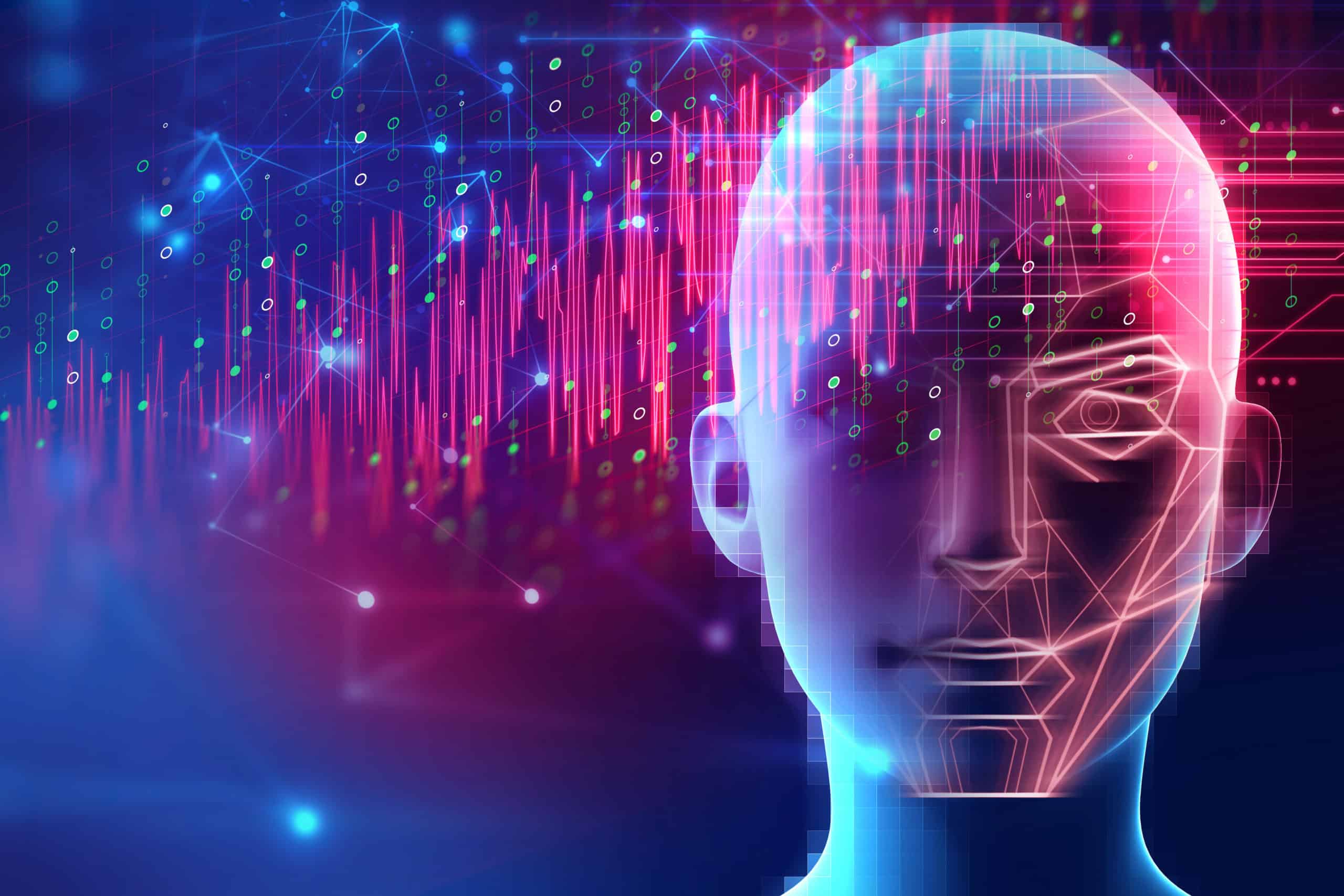For a long time, machines could only operate through a pre-defined set of codes. However, lately, machines are being enabled to learn like humans so that they can operate autonomously. Who would have thought this could happen so soon?
As machine learning advances, more doors are opening for a variety of emerging technologies. Deep Learning is one of the emerging technologies that has captivated the attention of several industries. But, perhaps, more importantly, in the business world,
Businesses have recently focused on gathering massive amounts of data from various sources. Processing such a large volume of data is considered extremely challenging. However, with the adoption of Deep Learning, businesses can efficiently predict their future trends, making their decision-making more productive.
What Is Deep Learning?

Ever since the computer program AlphaGo defeated a professional player in the board game Go, the potential of Deep Learning has piqued the interest of many tech companies. Through time, Deep Learning enables automated systems to take over business sectors such as marketing decision making, customer support services, Natural Language Processing (NLP), and Virtual Reality.
Deep learning is a sub-category of Machine Learning and artificial intelligence (AI) that imitates how humans acquire specific types of knowledge. It involves the use of neural networks to learn speech recognition, computer vision, and language processing in computer systems. Deep learning is a critical element of data science, which also includes statistics and predictive modeling.
Deep Learning mimics how humans learn certain types of knowledge. It is used to process large amounts of data as well as complex data. Deep Learning neural networks mimic the human brain’s decision-making processes by performing a series of calculations to draw a conclusion. Machines can process massive amounts of data that humans can’t, but robust governance structures are needed to ensure positive outcomes.
Machines Can Learn to Mimic Humans

Since Deep Learning mimics the way humans acquire certain knowledge, it differs from machine learning. It doesn’t require human operators to command the machine or translate its output. Deep Learning operations are primarily unsupervised and seek to eliminate the need for human intervention.
Deep learning, at its core, learns from repetitive instances, just like the human brain works. It mimics the natural learning process of humans and processes information the same way humans do. By searching for repetitive patterns in huge volumes of data, machines can learn to do things people can accomplish. The more data the machine is exposed to, the more reliable it becomes.
In addition, Deep Learning is also used to automate predictive analytics, such as analyzing trends and consumer purchase patterns, so that a company can obtain and retain more customers. This is accomplished by learning from previous calculations in order to provide reliable and repeatable decisions.
Business Operations Run by Deep Learning

For many years, businesses have struggled with the effective utilization of data for optimal decision-making. Several businesses had no trouble producing massive amounts of data. The problem was always about figuring out how to get the most out of these data. As a result of this gap, Deep Learning has become a crucial aid in the business world.
Currently, Deep Learning technology is getting widely incorporated in a wide range of businesses around the world, at a fast pace. Artificial neural networks are at the heart of the deep learning revolution. According to experts, the emergence of Deep Learning and related technologies has reduced overall error rates while increasing the effectiveness of networks for specific tasks.
So long as businesses use data to their advantage, deep learning can boost productivity, reduce labor costs, maximize profit, and enhance customer services. For that reason, for instance, monetary institutions are pushing Deep Learning forward as they use it to automate trading activities, minimize risk, detect fraud, and provide chatbot customer service to their clients.
The growing inclusion of Deep Learning in business sectors is creating a significant amount of influence in the re-structuring of business operation models and employee recruitment and retention strategies. This is believed to bring about a new form of corporate culture that embraces the use of Deep Learning in every business decision-making.
Future of Deep Learning Integrated Businesses

According to the Economist Intelligence Unit (EIU), 86 percent of financial service companies plan to increase their artificial intelligence investments by 2025. Similarly, based on the ReportLinker report in 2020, the global deep learning market is expected to be worth USD 44.3 billion by 2027, with a Compound annual growth rate (CAGR) of 39.2 percent.
Businesses are clearly investing substantial resources in integrating Deep Learning technologies into their operations. With an adequate amount of training, the massive data computational capability of Deep Learning is expected to be used in an unimaginably limitless number of applications.
Many experts have suggested bracing ourselves, since the world will never be the same again with the integrated applications of Machine Learning, AI, and Deep Learning. They have advocated adapting to the impending changes and embracing the astonishing powers of machines mimicking humans. The question remains, will the machines be able to embrace humans? Will the changes be in the best interest of humans?
Photo: whiteMocca/Shutterstock
You might also like:
NFTs: Non-Fungible Token’s Hyped Present and Uncertain Future
Support us!
All your donations will be used to pay the magazine’s journalists and to support the ongoing costs of maintaining the site.
Share this post
Interested in co-operating with us?
We are open to co-operation from writers and businesses alike. You can reach us on our email at [email protected]/[email protected] and we will get back to you as quick as we can.









